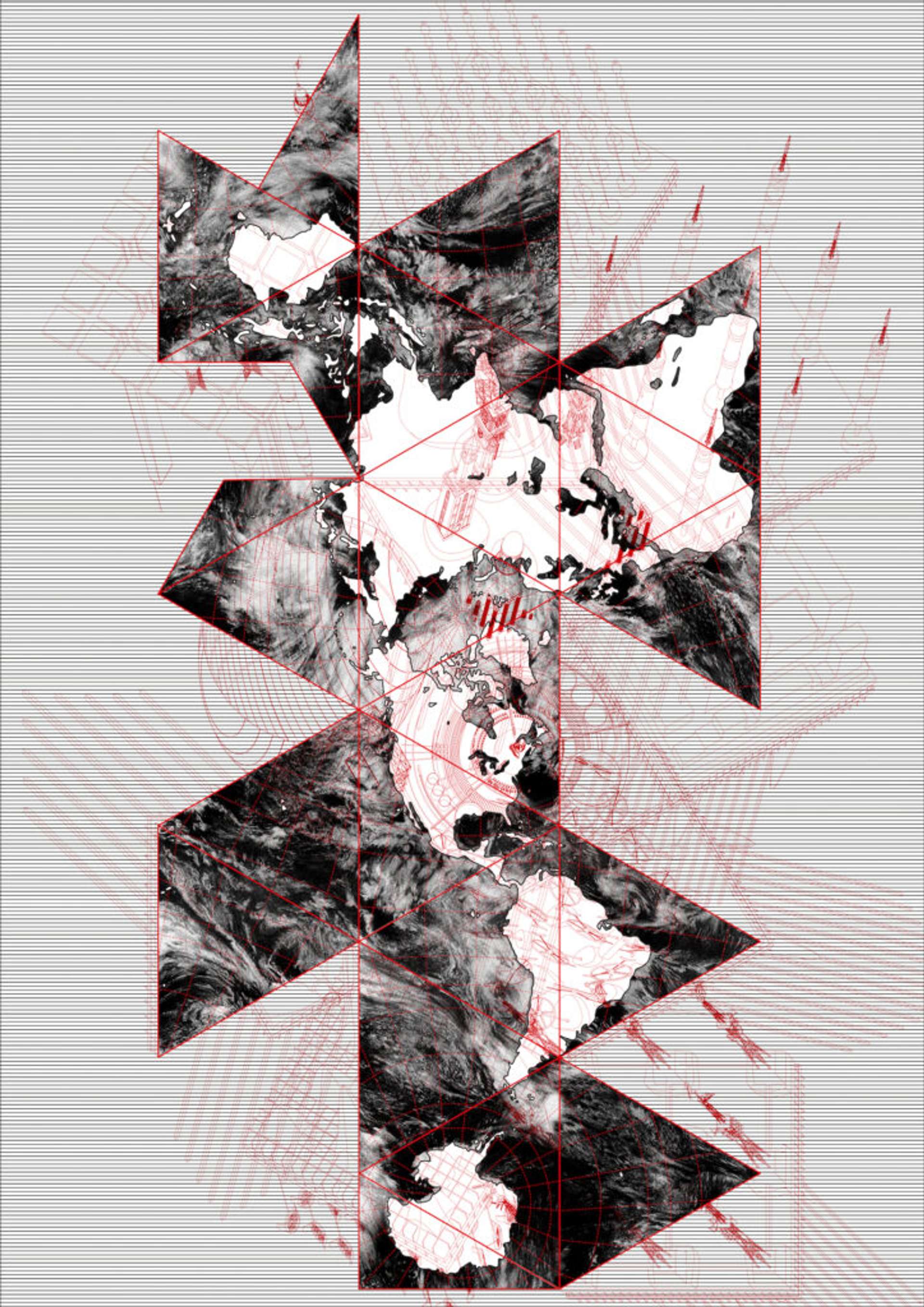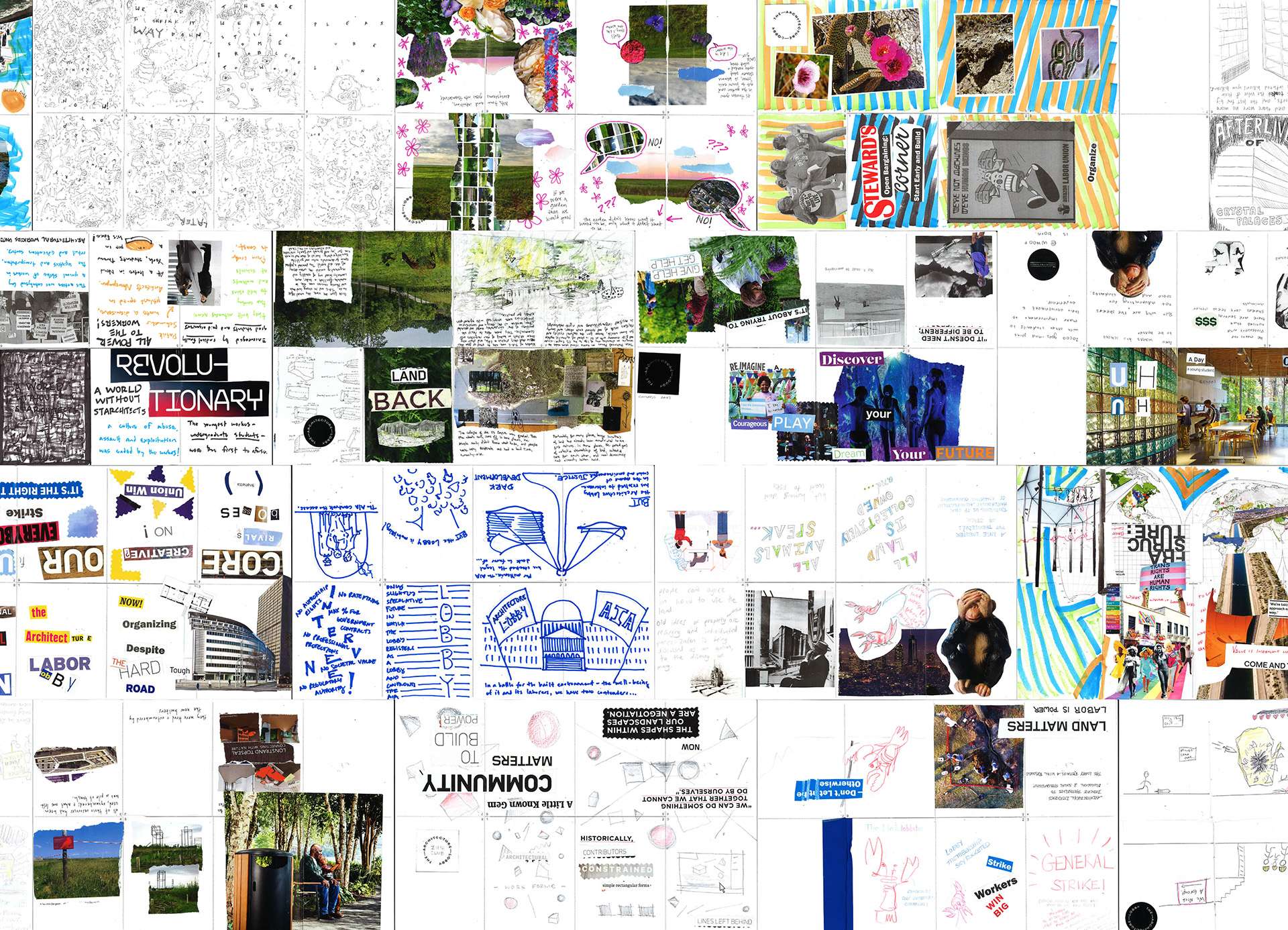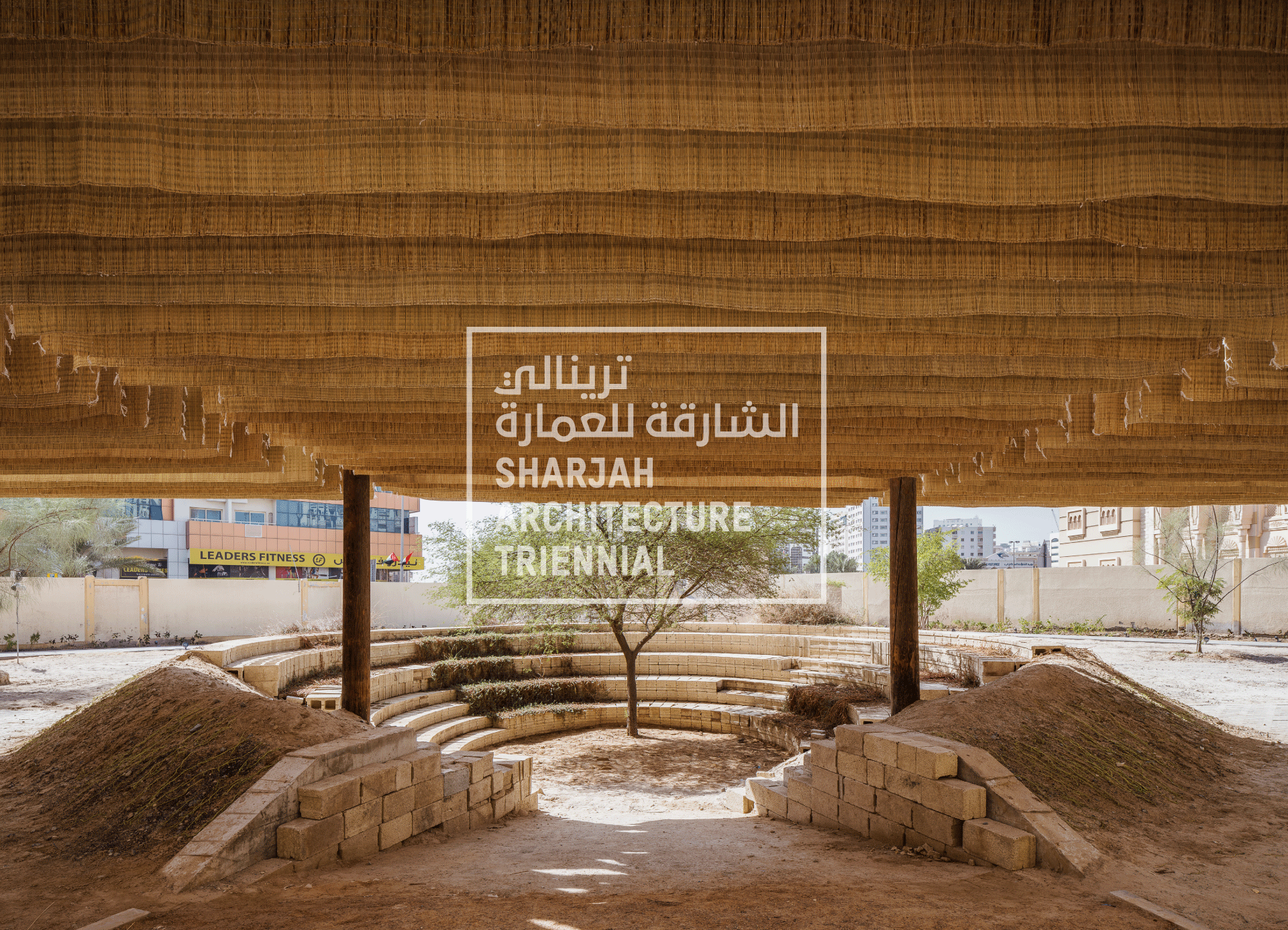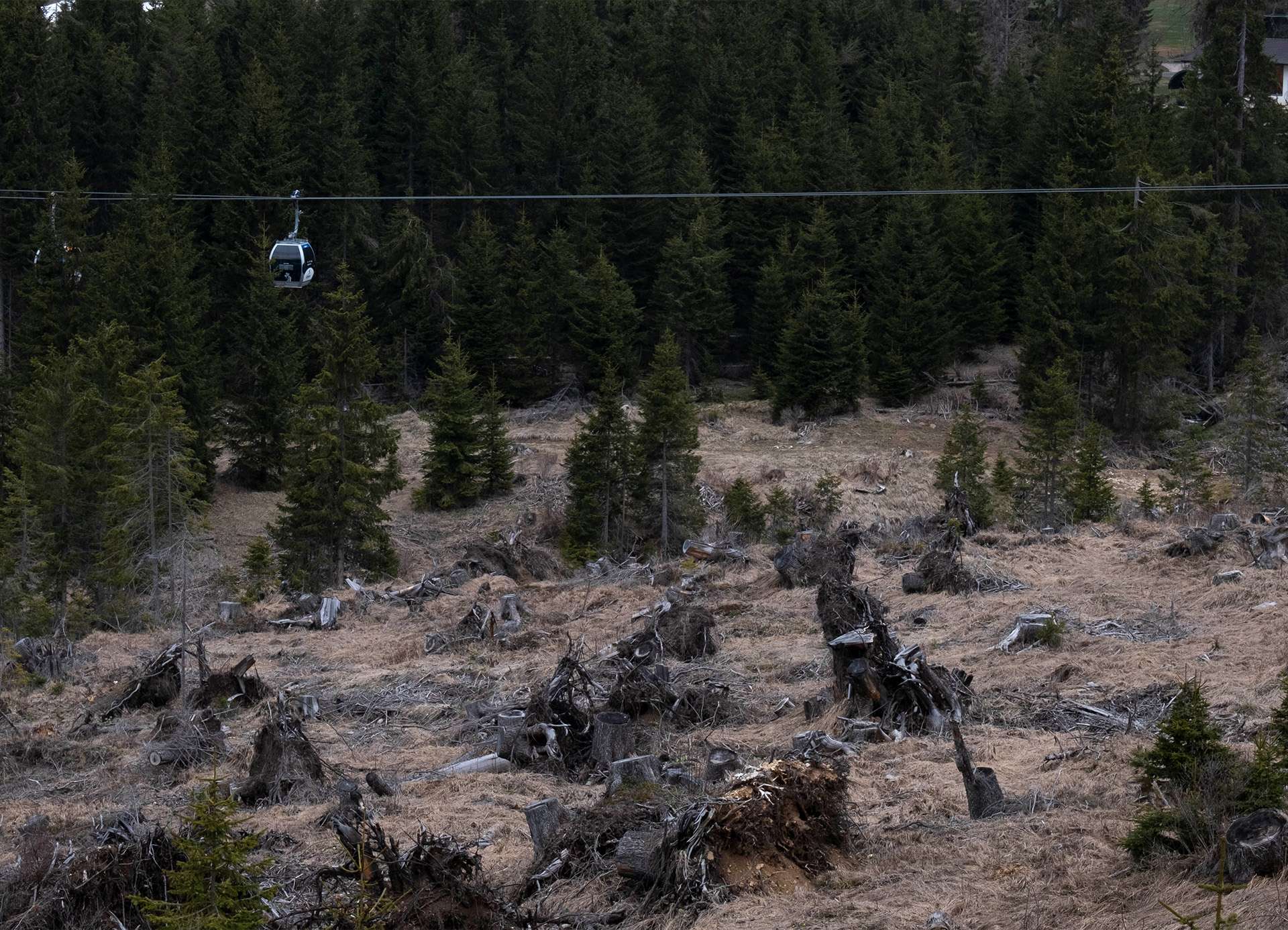'The Shtokman Islands and The Didactic Kingdom of Nowhere in Particular' is a design tactic investigating sea, land and air legislations; focusing primarily on opportunities between thresholds, borders and territorial claims within the contested domain of the Arctic.
The architecture is a statement structure primarily represented as a peaceful, self-sustaining anti-oil protest. The project operates within international waters, establishing itself as a sovereign island state in order to mitigate the current territorial negotiations within the Arctic. Mapping, game theories and speculative floating mega-structures operate as satirical and political gestures to mock the current state of affairs within the Arctic Circle in its economic fight over territories and carbon resources, in a complete disregard for the environment during the climate crisis.
The construction of the landforms will utilise drill core waste from the surrounding Shtokman gas fields and other neighbouring drill zones to construct a series of artificial islands on the Arctic sea, claiming internationally unclaimed UNCLOS maritime territories. The larger islands of 'The Didactic Kingdom of Nowhere in Particular' will be constructed between 2025-2035 once the Arctic ice sheets have shrunk beyond “Nowhere In Particular”, claiming vast areas of Arctic territory which would otherwise be decimated in the extraction of its sub-terranean oil and gas reserves as well as regulating newly emerging shipping routes connecting Europe to Asia as the Arctic ice sheets continue to melt.
The Kingdom will function as a sovereign state of a new world order, harnessing planetary kinetics and evolving archaic legislations and manipulating maritime jurisdiction to impede the carbon fuel myth of unlimited economic growth amidst our current climate crisis.
The project was developed at the University of Westminster.
KOOZ What prompted the project?
JW “The Shtokman Islands and The Didactic Kingdom of Nowhere in Particular” is a design tactic investigating sea, land and air legislations and territorial claims within the contested domain of the Arctic. What drew my attention to the Arctic circle is the evolution of its environment during the anthropocene and the radical effects that the world’s carbon economies are having on the planets most remote and finely balanced regions, yet we are still continuing on out current path having been warned of an imminent global catastrophe if we do not imagine alternative ways of living.
The architecture itself is a statement structure, primarily represented as a peaceful, self-sustaining anti-oil protest which resides within international waters. The project establishes itself as a sovereign island state and fundamentally occupies vast amounts of currently unclaimed territory in order to mitigate the ongoing territorial negotiations within the Arctic, putting an end to the mass depletions of its natural oil and gas reserves by its surrounding countries.
What drew my attention to the Arctic circle is the evolution of its environment during the anthropocene and the radical effects that the world’s carbon economies are having on the planets most remote and finely balanced regions [...]
KOOZ What questions does the project raise and which does it address?
JW The design is rationalised through satellite data from NOAA and NASA, playful game theory and the imaginations of massive floating mega-structures. These genres of design operate collectively as a satirical critique to mock the current state of political affairs within the Arctic Circle and the economic fight over territories and carbon resources, amidst our current climate crisis.
The project seeks to engage the audience with the reality of global capitalist agendas and the adverse effects it is having on our environment, highlighting a complete disregard of climate action in a squabble over territory and natural resources in even the most unimaginably remote places on planet earth. It is projected that Arctic summer sea ice may be completely gone by 2035, the world’s economies are already planning for this occurrence by anticipating a newly emerging shipping route connecting Europe to Asia over the northern hemisphere once the Arctic ice sheets have melted. The project not only seeks to occupy territory to stop the drilling of oil and gas within the Arctic itself but it will also seek to regulate this major future shipping route between two of the world’s largest economies.
KOOZ What drew you to explore the contested reality of the Arctic?
JW I read an article about Russia planting a titanium flag on the seabed of the North Pole and found it quite ridiculous. Upon exploration this sub-terranean territory known as the Lomonosov Ridge had both Russia and Greenland (Denmark) fighting over its ownership, whoever owns it would technically own the north pole; the debate continues to this day. I became interested in the idea of land as a form of currency and how this currency was disputed and exchanged within contested territories. The deep Arctic is a mysterious land which very few people have ventured within, however the stability of both the north and south poles are fundamental to the balance of biological and ecological systems of the rest of our equatorial worlds; the imbalance of these polar regions will incur catastrophic effects globally, of which I’m sure we are all apprehensively aware of. The project fundamentally seeks to protect the Arctic against carbon fuelled economies of the world. The kingdom functions as a sovereign state which imagines a new world order of climate activists who take matters into their own hands, the island is powered by planetary kinetics and manipulates archaic maritime legislations to impede the carbon fuel myth of unlimited economic growth amidst our current climate crisis.

KOOZ What informed the design of these Islands, how do they respond to the immediate context?
JW By mapping and analysing existing maritime legislations from The United Nations Convention on the Law of the Sea (UNCLOS) signed in 1982. The hierarchy of these jurisdictions are controlled through measured and regulated thresholds of 12, 24 and 200 nautical miles from a country’s coastline. Each zone indicates different levels of jurisdictions regarding what a country can and can not do within these territories. By establishing a landmass within pockets of unclaimed international waters, technically any sovereign which establishes itself as a country can claim internationally unclaimed UNCLOS territories. It just needs a few components to legitimately establish itself as a country:
+ Build a landmass outside of any current jurisdictions
+ Establish a government
+ Apparatus to interact with other foreign powers
+ A secretary of state to conduct interaction
+ Join the UN by writing a letter to: Ban Ki-moon, Secretary General, The United Nations, First Ave. 46th St. New York, NY 10017. (I tried this but did not receive a timely response, maybe he was busy with other more important global affairs)
Once established, this country can then offset out from its own coastline and claim territory of its own, whereby at its largest claim of 200 nautical miles called the Exclusive Economic Zone (EEZ), the coastal nation holds sole exploitation rights over all natural resources to the exclusion of others. The construction of the artificial islands will utilise nearby drill core waste (which is around 80% per drill cavity) from the surrounding Shtokman gas fields and other neighbouring drill zones within the Arctic. The larger islands called “The Didactic Kingdom of Nowhere in Particular” will be constructed between 2025-2035 once the Arctic ice sheets have shrunk beyond “Nowhere In Particular”, claiming vast areas of Arctic territory which would otherwise be decimated in the extraction of its sub-terranean oil and gas reserves.
The deep Arctic is a mysterious land [...] however the stability of both the north and south poles are fundamental to the balance of biological and ecological systems of the rest of our equatorial worlds.
KOOZ How does the project approach the role and power of the architect within our contemporary society?
JW I believe that we can be far more imaginative and radical as architects in the fight against climate change. Innovations in design and thinking, historically speaking, tend to occur in response to a crisis, that is when design is at its most wildly inventive where no other option is available. If the project were to be built, theoretically it would be a major turning point in the fight against climate change, not only in regards to a reduction of carbon extractions but more so as a provocative statement towards western economic models that we can not continue towards this carbon fueled myth of unlimited economic growth. Through this, the newly conceived climate-citizen becomes empowered by taking matters into their own hands, comically using their own maritime law against them to stop this carbon fuelled quest.
The project operates at an ultra large scale which responds to the scale of the climate problems we are facing today, we should take full advantage of the agility and knowledge required to study architecture and use it in a multi-disciplinary fashion. As architects and designers our most important asset lies within our ability to imagine possible futures, I think this does not always have to be a building.
KOOZ What is for you the power of the Architectural Imaginary?
JW The power of architectural imaginary is extremely important in the future of our buildings and cities but also within the fight against climate change. Before we can implement fundamental changes to the way in which we operate as a collective species, first we can draw, imagine and test both planetary and regional design scenarios which might not directly solve the immediate issues of the climate emergency, but at the very least it may spark a conversation on how we may start to propose future carbon negative worlds.
Our collective efforts to mitigate climate change is apparent, we are losing this battle but we must have faith in our ability to adapt and change. Whether today’s architects are doing their best to mitigate the climate crisis is not immediately apparent. However, as we are shifting into more sustainable applications within architecture, our energy not only needs to be directed in technical and material applications, but also within speculations, imaginations and radical change-instigating ideas, just like the neo-futuristic architects of the 1960’s.
The toolkits which we obtain in school allow us to imagine, create and persuade, however I feel as if this playfulness is somewhat lost in the everyday practice of architecture. I am aware that money makes the world go around however architecture dictated by economic interest, that does not respond to current social, political and environmental agendas defeats any enthusiasm in the creative value of architecture and the role of the architect in today’s society, for me this is a huge loss of opportunity and that’s not what I came to school for.
Bio
Jamie’s interests currently lay within contemporary ideas surrounding big urban innovations, intelligent infrastructures, the use of data driven design in both urban and rural strategies as well as general pondering in potential futures of the human race; and how our urban worlds will function during the shift to more sustainable futures. His current project is investigating the Carbon Economy through the use of data and cartographic representations on a planetary scale, drawing carbon emissions vs carbon absorptions and tracing carbon offsetting transactions around the world as a way of visualising the topic of climate change through the use of climate data. He will continue to invest the majority of his time into design agendas in both theoretical and practical applications which will contribute positively to society and the wellbeing of planet earth in our quest towards a carbon negative future.





